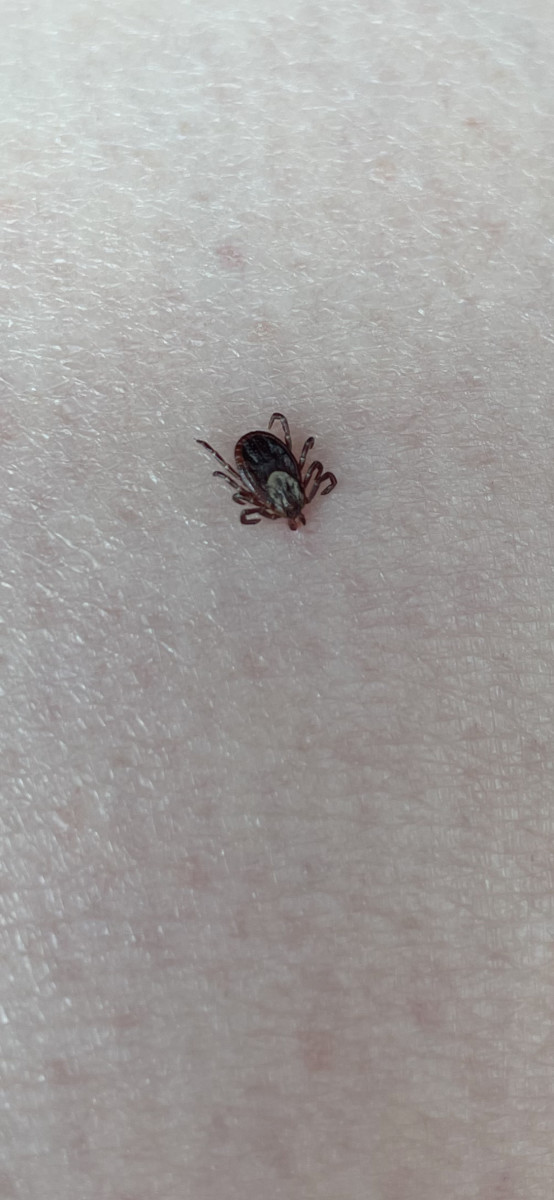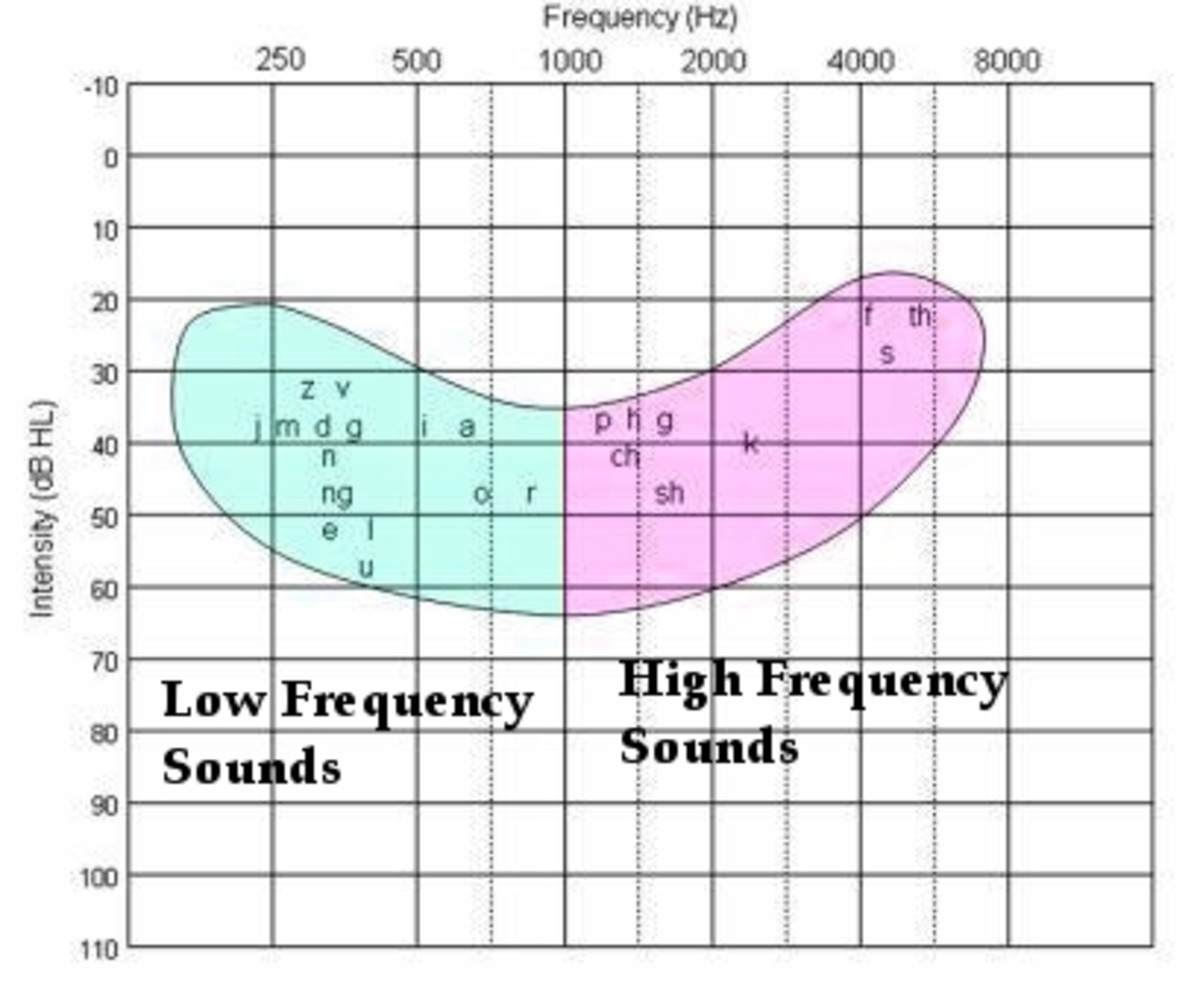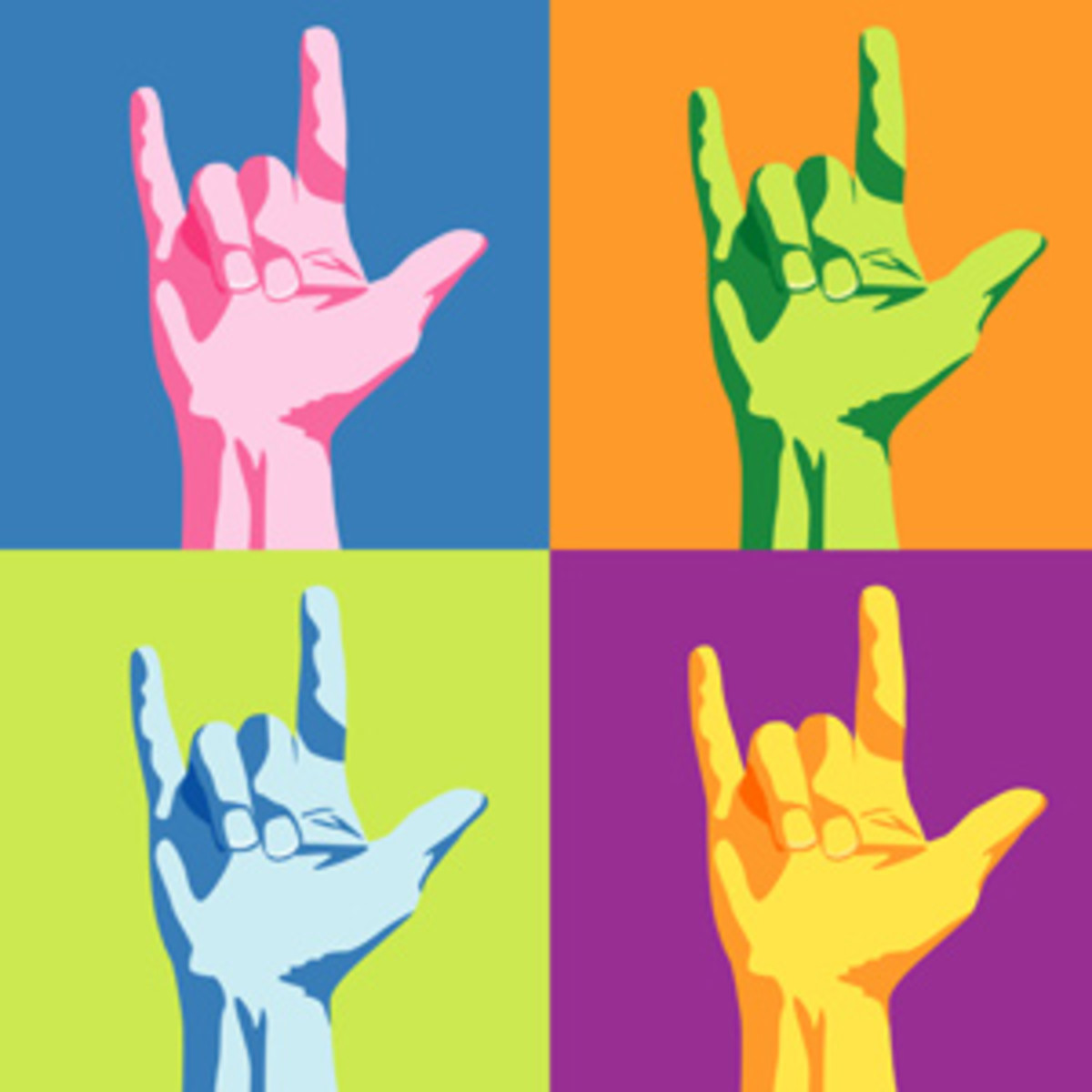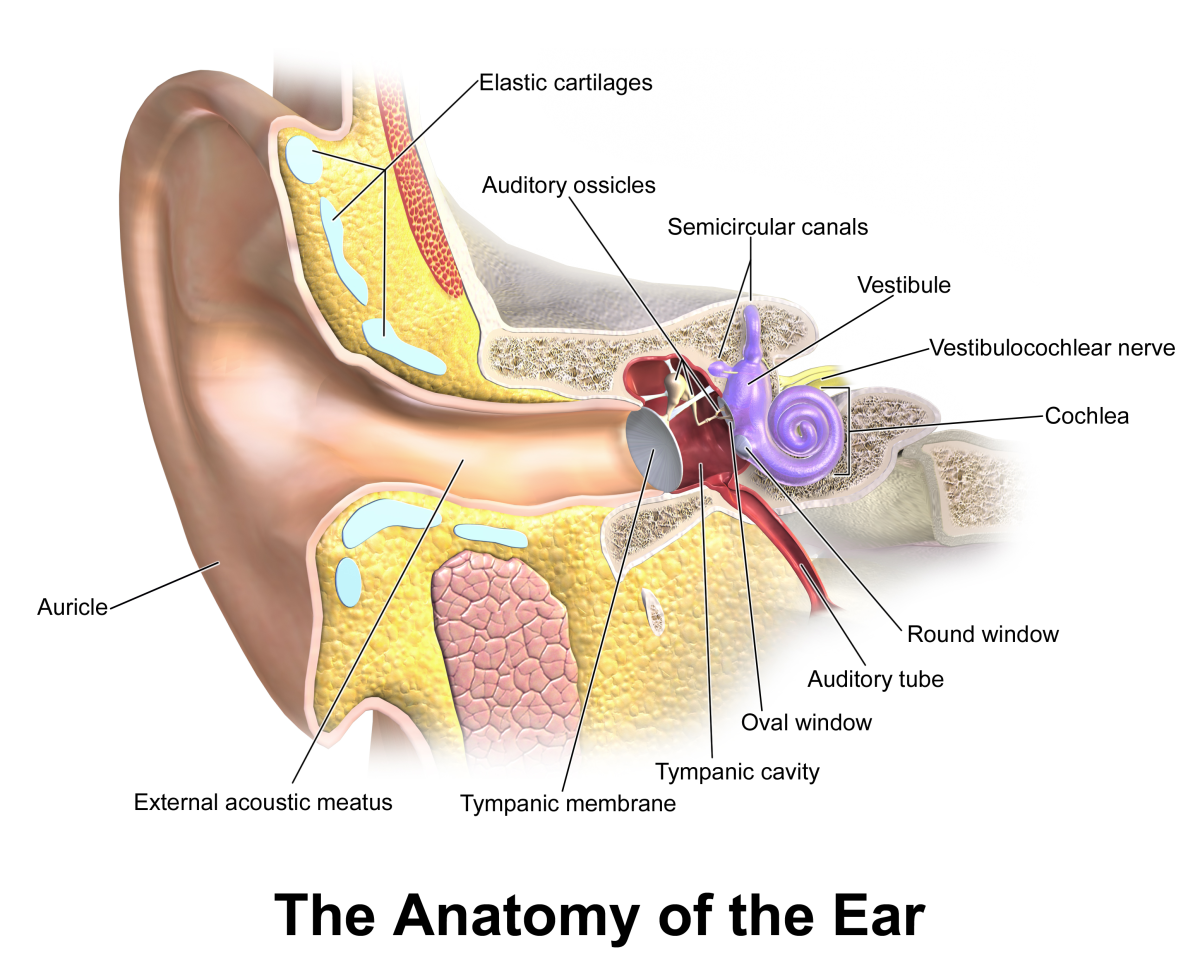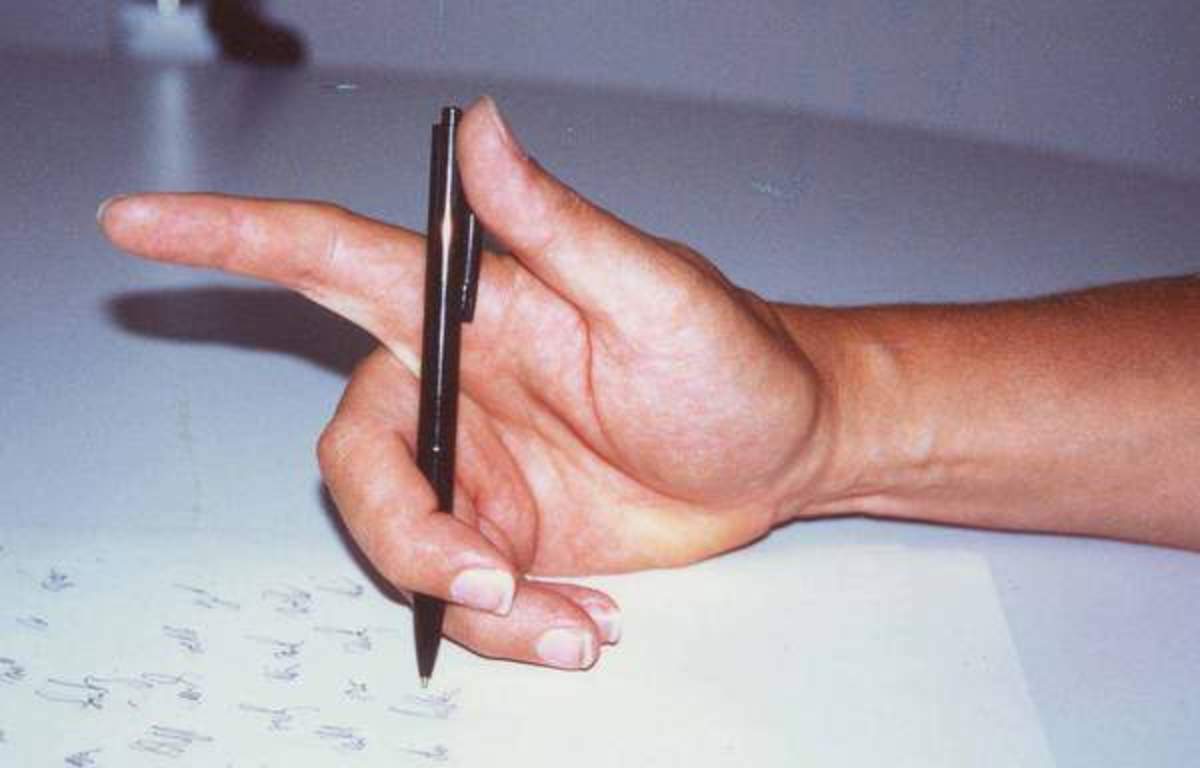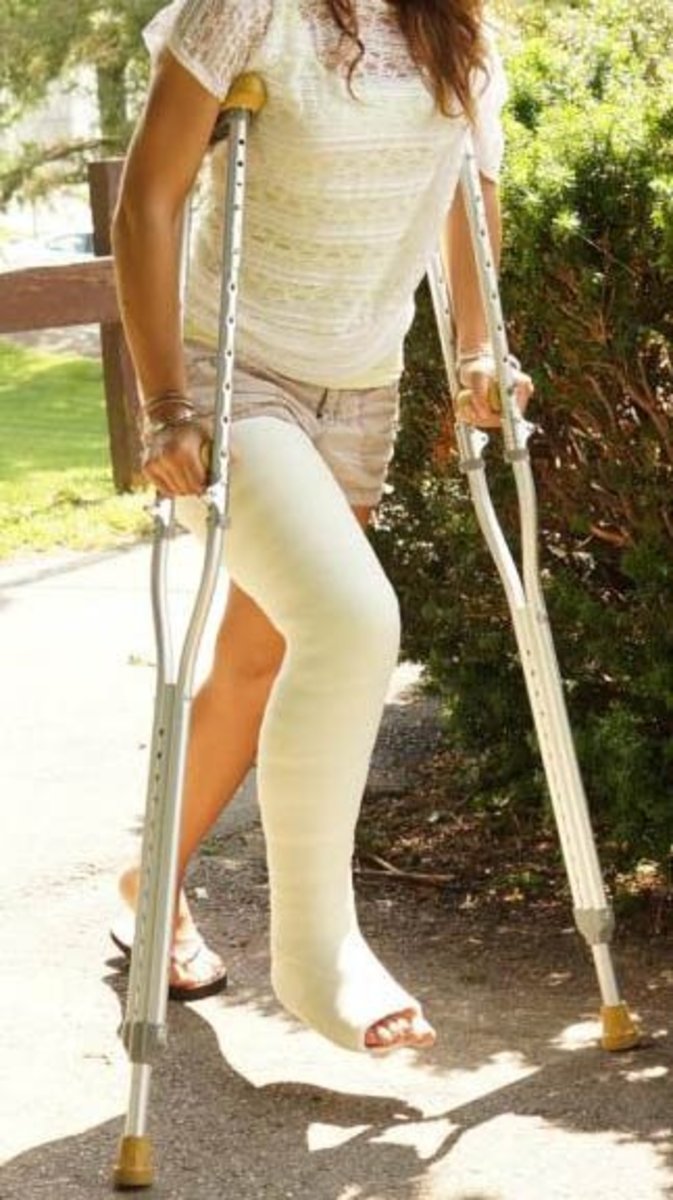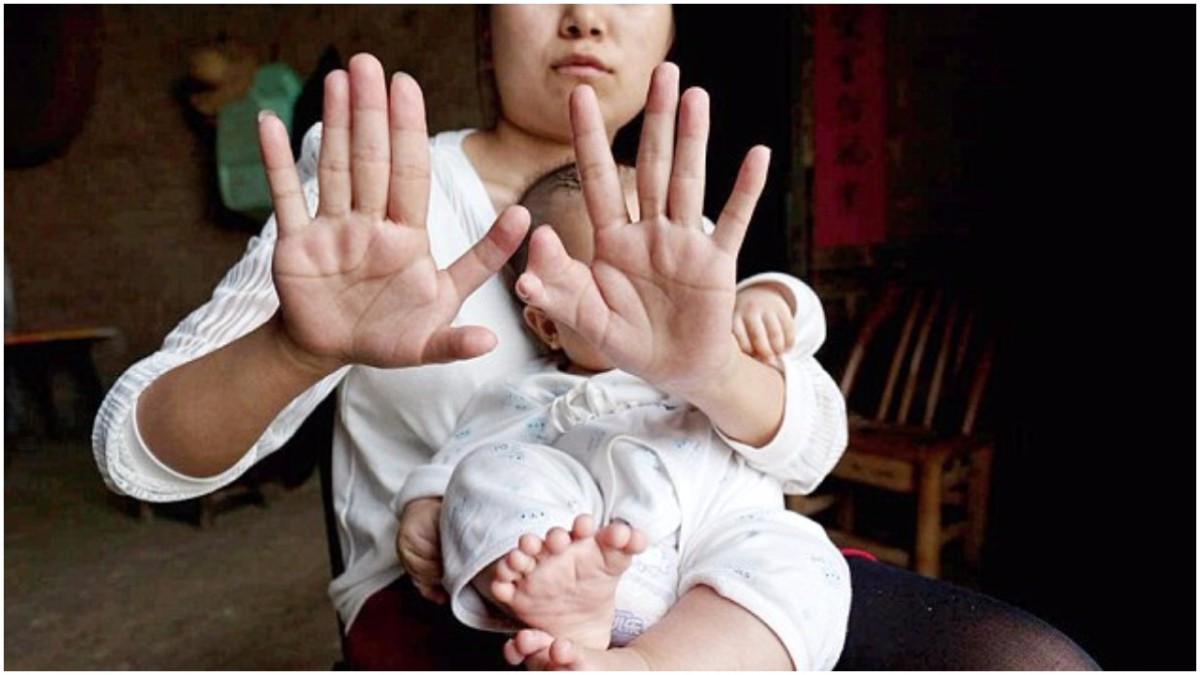Let's Talk about Captioning!
Captions on your television
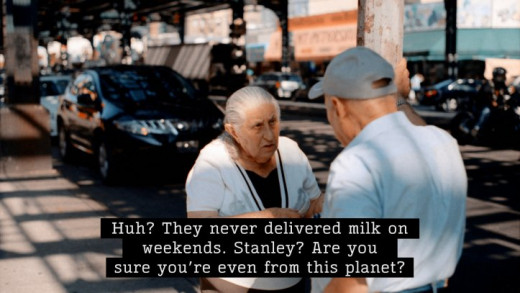
What is captioning?
Closed captioning (CC) is a subtitling method of displaying text on a screen such as television, computer, or theater screen. This can be done with either live television (TV) or pre-recorded media. CC can be accomplished in either an edited form or word for word, it depends on what the program company has directed (and paid) the CC company to do. Sometimes descriptions of non-speech elements such as "yawning sound" or "lawn mower in background" may be displayed, especially when these elements are important to the intent of the program.
Sometimes you can display the audio in different foreign languages. So if you are traveling to another country, and do not speak the language, you might still listen (or read) the program by turning the CC on and selecting your language of choice.
The Television Decoder Circuitry Act in 1990 mandated closed captioning of television programming. Programs created after 1990 must have an option of closed captioning. This act illustrated the growing trend toward equal access to television for deaf and hard of hearing viewers.
The National Association of the Deaf continues to advocate for the following:
- All pre-recorded television programming, including commercials, to be closed captioned 24 hours a day, seven days a week, regardless of program content.
- All live television programming, such as talk shows or news broadcasts, to be captioned by means of real-time captioning technology and services.
- Access to emergency broadcasts, including weather bulletins, through real-time captioning technology and services.
- The display of closed captions at all times on all televisions located in public places, such as waiting rooms, lounges, restaurants, and passenger terminals.
Businesses will not be required to do this unless the Deaf and hard of hearing use these services and report those companies who are not providing said services.
What is the difference between open and closed captioning?
The images above are universally used to indicate that a particular establishment uses or offers closed or open captioning for persons who are hard of hearing and/or Deaf.
Closed captioning just means that the captions will not be shown until activated by the viewer. When captioning is open it is automatically present. To turn your captioning on, you can use your remote control (TVs made after about 1995 will have a CC option to use). See image below.
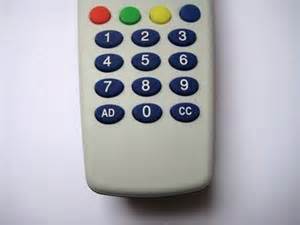
Another important difference is that captions assume that a person is hard of hearing and/or Deaf and therefore aims to describe all pertinent audio content (both speech and non-audio sounds). Subtitles only transcribe speech.
Today CC is used in theaters, churches, bars, conferences, and many other places where speech is difficult to understand. CC can be used by persons learning the language, to read, or where audio is very difficult to hear. If you have trouble hearing and understanding speech be sure to ask for CC at the next public event you attend.
Rules and guidelines for closed captioning on TV and legal regulations are present in the United States today. You can find this information at http://www.fcc.gov/guides/closed-captioning. Occasionally, the CC becomes off or has multiple misspellings. If you have a complaint about CC service you receive there is a reporting mechanism available.
You can file your written complaint by using the online complaint form. You can also file your complaint with the FCC's Consumer Center by faxing 1-866-418-0232; or writing to:
Federal Communications Commission
Consumer and Governmental Affairs Bureau
Consumer Inquiries and Complaints Division
445 12th Street, SW
Washington, DC 20554
This content is for informational purposes only and does not substitute for formal and individualized diagnosis, prognosis, treatment, prescription, and/or dietary advice from a licensed medical professional. Do not stop or alter your current course of treatment. If pregnant or nursing, consult with a qualified provider on an individual basis. Seek immediate help if you are experiencing a medical emergency.
© 2014 Kari Lane

